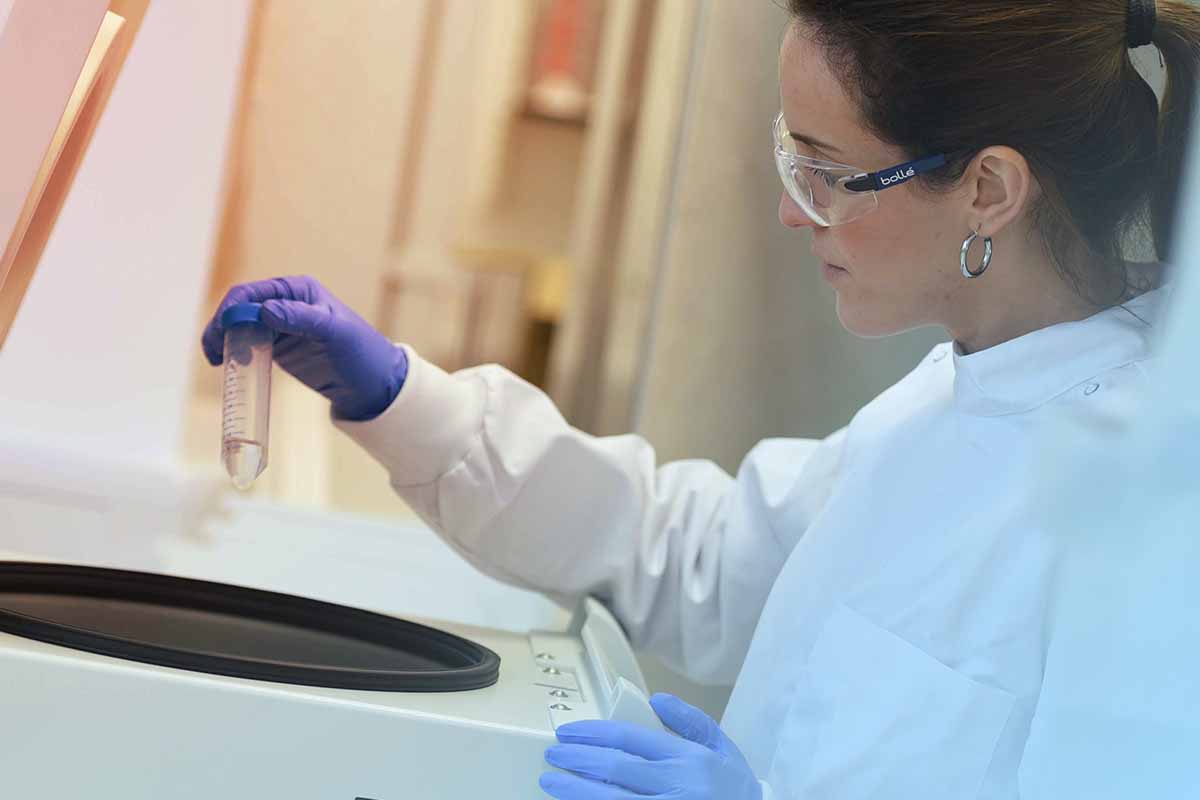Efficacy Screening Services
Advance your candidate program at speed through the provision of phenotypically relevant human data
Leverage our drug discovery expertise
DefiniGEN's Phenotypic Screening Service helps you move quickly and efficiently from screening library to promising candidates by combining our expertise at generating iPSC-derived hepatocyte cellular models of disease with our wide panel of bespoke bioassays.
We work as partners with your team to design and implement in-house screening of:
- Small molecules
- GalNAc conjugates
- RNAi/oligonucleotide therapeutics
- AAVs
- Plasmids
- Lentiviral vectors
- Many other therapeutic modalities so you can advance your program at speed

Why choose DefiniGEN?
DefiniGEN becomes your scientific partner, providing expertise in
Cell-based assays
Assay development
Lead optimization
More than just extra hands and fully equipped labs
Advance any therapeutic modality
RNAi therapeutics
Small molecules
Gene therapeutics
And more
Bespoke modelling available
Use pre-made or custom iPSC-derived hepatocyte models to fit your project specific requirements
Optimized Bioassay development
Quantify cell viability, proliferation, apoptosis and more. Leverage our fully equipped labs and drug discovery expertise
Experts in gene therapy
We have 7+ years of successfully completed projects that we continue to build on
In-house drug screening platform capabilities, advancing your programme at speed
Using our UltiDIFF platform technology alongside CRISPR gene-editing capabilities, we can generate a wide range of disease models to support hit to lead compound profiling initiatives.
And, of course you get access to our proprietary UltiDIFF platform, which is well known for generating iPSC-derived models for even "difficult" target cell types such as hepatocytes, intestinal cells and organoids.
Technology
Flow cytometers
Confocal microscopes
Fluorescence intensity (incl. FRET)
Fluorescence polarization,
Luminescence (flash and glow) - incl. BRET,
Time-resolved fluorescence, TR-FRET,
UV/vis absorbance spectra
qPCR profiling
Phenotypic Assays
Cell viability
LDH (cell death/ cytotoxicity)
Reactive oxygen species assay
PAS/Diastase staining
BODIPY fatty acid accumulation
Copper accumulation
FOCI A1AT assay
Project workflow
Project consultation - Choose/develop a model
Our team of experts will structure a study according to your project specific requirements.
Select your assay and send us your compounds
Depending on your therapeutic modality, our team optimize treatment windows and dosing accordingly.
We work as a research partner
Offering bi-weekly updates and interim reporting.
In-house drug screening platform capabilities
Move even faster by screening your candidates on our already built and ready-to-use validated models. Explore our models further...








